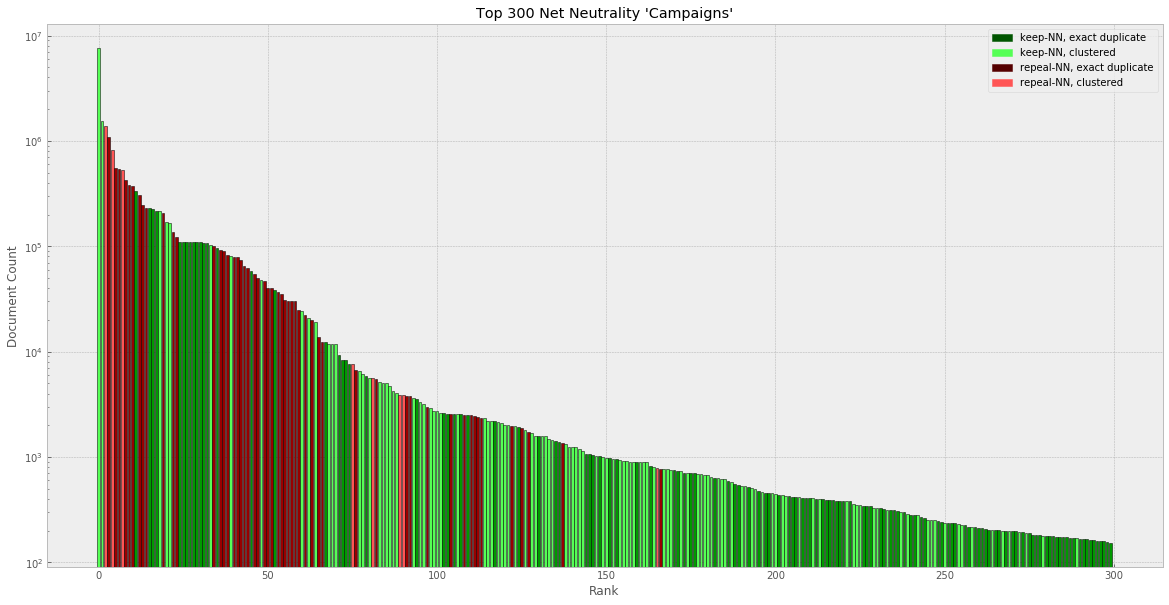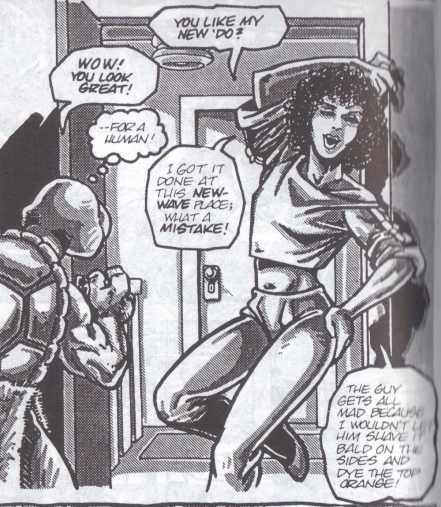Yesterday I talked about IDW's Transformers comics (which are on sale on Comixology through tomorrow, November 30). I mentioned a few favorites from their first few years (Phase One), but also noted that the series didn't really get good until Phase Two.
Phase Two kicks off with two series: More than Meets the Eye, by James Roberts and Alex Milne, and Robots in Disguise, by John Barber and Andrew Griffith (with various other artists involved in both series over the course of their runs).
There was also a trilogy of prequel miniseries, called Autocracy, Monstrosity, and Primacy, available as the Autocracy Trilogy (written by Chris Metzen and Flint Dille, with gorgeous painted art by Livio Ramondelli). I've only read Autocracy, which concerns the beginning of the war and Orion Pax's ascension as Optimus Prime. I really liked the art, but the story felt a little disjointed; it was released digital-first, with 8-page issues, and those short chapters really affect the pacing.
But back to the two main series: As our story begins, the five-million-year war between the Autobots and Decepticons has been finally, decisively won, by the Autobots. More than Meets the Eye tells the story of a group of Cybertronians led by Rodimus who set off in a ship called the Lost Light, nominally in search of the legendary Knights of Cybertron, but mostly they just get into trouble along the way. Robots in Disguise is a political drama, about Bumblebee's attempts to serve as leader on a resurgent but factionalized Cybertron, where an uneasy peace exists among Autobots, Decepticons, and so-called NAILs, Cybertronians who did not join either faction but are returning to their home planet now that the war is over.
Chris Sims wrote a great series of reviews at Comics Alliance, called The Transformed Man, where he followed both series for most of their run. It's worth a read, whether you want to read it as a companion piece as you read the series yourself, or want some reviews from a Transformers skeptic to see if these are the kind of books you'd be into. Sims is funny and insightful, and, for all his talk about being a Transformers neophyte, his tastes align pretty closely with mine as a longtime fan.
I plan on talking about these comics in more detail later on, but my take is this: read More than Meets the Eye all the way through, and then keep reading as it continues under the title Lost Light (with new artist Jack Lawrence). It's seriously one of my favorite comics of the last few years, and my favorite Transformers series ever, in any medium.
Robots in Disguise, meanwhile? My recommendation is to read up through the City on Fire arc (vol 4) and stop there. After that, volume 5 is mostly table-setting, and then both series cross over in an arc called Dark Cybertron. I haven't read Dark Cybertron, because it wasn't in the Humble Bundle I got most of these comics in, and because I hate crossovers (though I just bought it in the current Comixology sale, so I guess I'll be reading it shortly). Some important stuff happens that leads into "season 2" of More than Meets the Eye (beginning in MtMtE vol 6), but even if you don't read it, it doesn't take long to pick up what you missed. (I plan on getting into spoilers in a future post, but for now I'll leave it at that. Even though one of those spoilers is right there on the cover of MtMtE vol 6.)
After that, Robots in Disguise moves off Cybertron and on to Earth, and it loses my interest fast. There is some great stuff in there -- a highlight is Thundercracker enthusiastically writing screenplays and not realizing that they are terrible, and issue #48 is narrated by a dog and is amazing -- but in a lot of ways it's a continuation of the earlier, more boring Phase One comics that I didn't like that much. Your mileage may vary.
The Cybertron storyline, however, continues in two Windblade miniseries, and then the Till All Are One series, by Mairghread Scott, Sara Pitre-Durocher, and a few other artists. These series ably continue the story of political intrigue that Barber and Griffith started, and expand the scope by introducing other planets where Cybertronians have settled, including religious Caminus, militaristic Carcer, and Eukaris, the planet where all the Beast Wars characters live.
Lost Light is still ongoing. Till All Are One, sadly, has been cancelled, and its story will wrap up in Till All Are One Annual 2017, which is due out on December 20.
So there's my brief run-through of what IDW Transformers comics I like. In future posts, I hope to spend more time delving into why I like them, how Roberts and Milne have turned Megatron into my favorite character, and why it's a damn shame to see Till All Are One go and I hope that it's not the last we see of Cybertronian political intrigue.



